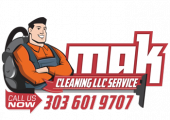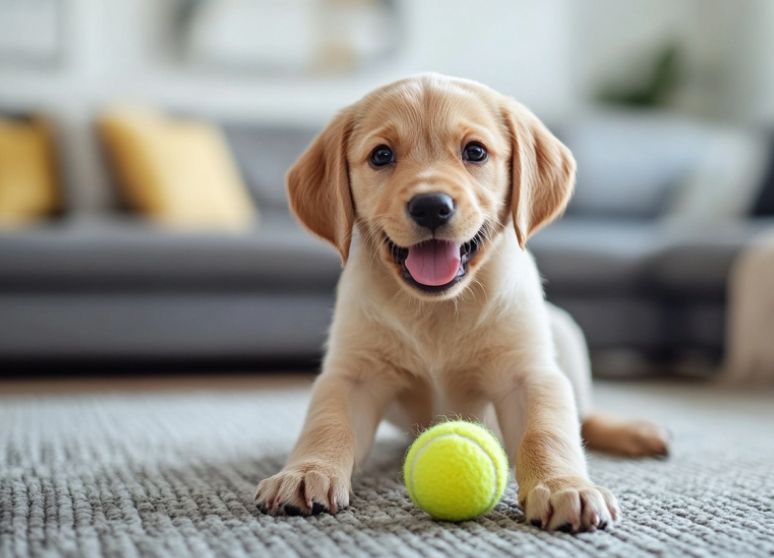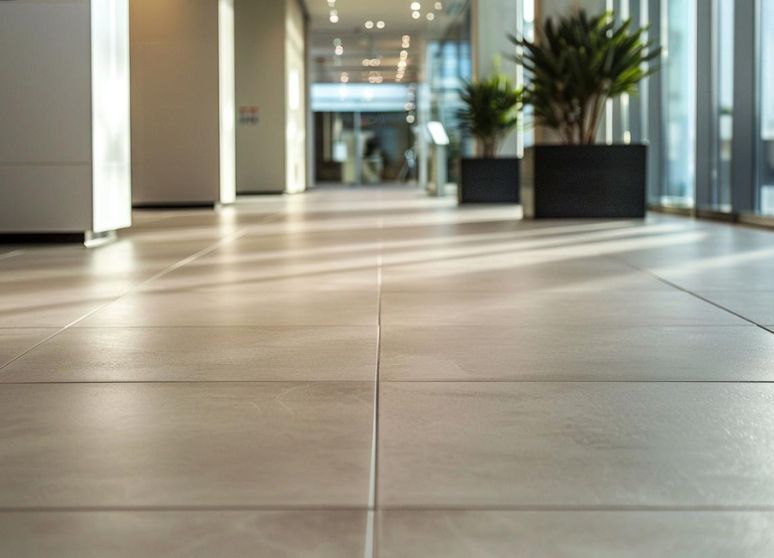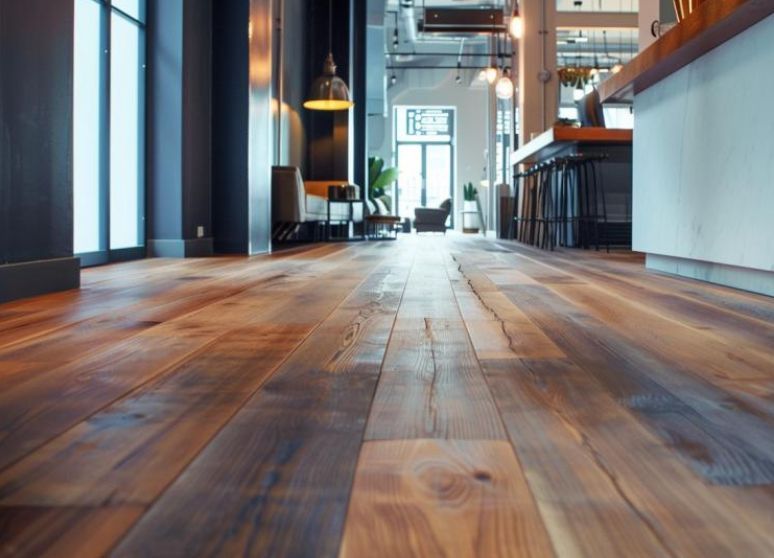
The Upholstery Cleaning Handbook: Expert Advice for Beautifully Clean Furniture
TL;DR: Upholstered furniture is popular and sales are predicted to grow. Frequent use makes them prone to dirt and stains, but expert cleaning can keep them looking new. Different fabrics require specific cleaning methods: natural fabrics need gentle care, synthetic ones are more durable, and leather needs conditioning. Food, beverage, bodily fluid, and ink stains each need tailored approaches. When DIY methods fail, professional cleaning is the best option to restore vibrancy and extend furniture life. For expert services in Denver, Colorado, consider MAK Cleaning for thorough, efficient, and eco-friendly upholstery care.
Upholstered furniture remains a favorite furnishing choice for new and seasoned homeowners. Experts predict sales of stationary pieces will grow by at least 3% compared to previous years. Motion upholstery, such as reclining chairs and sectionals, will see similar growth.
This doesn’t surprise us much—after all, who doesn’t enjoy a bit of rest in these comfortable and plush pieces? However, our frequent use of upholstered furniture means it can become dirty quickly. If we’re not fast enough with our spray bottle and towel, some stains may become permanent blemishes on the fabric of our favorite pieces.
That’s why we present you with this upholstery cleaning handbook, sharing expert advice for beautifully clean furniture. It will show you how to keep your upholstered pieces looking their best for many years. From understanding the different fabric types to mastering stain removal techniques, you’ll find all the upholstery cleaning information you need right here!
Cleaning Methods For Different Fabrics
You can’t use the same cleaning methods and chemicals on different upholstery fabrics. What works on synthetic fabric might damage natural upholstery. Different fabric types react differently to cleaning solutions, so you must know what type of upholstery you have and use the appropriate one.
Cleaning Natural Upholstery Fabrics
Natural fabrics like cotton, linen, and wool require gentle care. You can spot-clean these fabrics with a clean towel and some water mixed with mild detergent. First, try the detergent on a small hidden patch to see if it causes discoloration.
You can often hand- or machine-wash removable cotton and linen slipcovers or cushion covers on a gentle cycle with cold water, but always check the care label first. Wool upholstery often benefits from a specialized wool detergent to preserve natural oils and texture.
After cleaning, let the fabric dry thoroughly to prevent mold and mildew. Use fans or open windows to increase airflow, but avoid direct sunlight, which can cause fading and deterioration.
Cleaning Synthetic Upholstery Fabrics
Synthetic fabrics like polyester, nylon, and acrylic are generally more durable and stain-resistant. Use a mild detergent mixed with water for these fabrics and test the solution on a hidden area.
Avoid over-wetting the fabric, as synthetic materials can hold onto moisture, leading to mold or mildew. After cleaning, rinse the area with a water-dampened cloth to wash away excess soap. For drying, you can use a fan to speed up the process or place the item in a well-ventilated area. Avoid direct heat, as synthetic fibers can melt.
Cleaning Leather and Faux Leather
Leather and faux leather require different care than fabric upholstery. Leather needs conditioning to maintain its suppleness. Use a specialized leather cleaner to remove dirt and stains, and follow up with a leather conditioner or salve to keep the material soft and prevent cracks.
Faux leather, made from synthetic materials, doesn’t require conditioning but can still benefit from regular cleaning with a mild soap and water solution. Wipe down leather and faux leather with a damp cloth, and don’t oversaturate the material with water. Avoid placing real and faux leather in direct sunlight or near heat sources because they can dry out and crack.
Cleaning Methods For Different Stains
Your furniture can sustain a wide array of stains, each requiring a specific cleaning method for effective removal. Dropped food, spilled drinks, and pet accidents are some common stain culprits. Because the same cleaning methods aren’t effective for every stain, you must adapt your approach accordingly.
Removing Food Stains from Upholstery
Food stains can be particularly challenging due to the variety of substances and their potential to leave lasting marks. When dealing with food stains, you must:
- Avoid rubbing the stain, as that can push it deeper into the fabric
- Dab the stain with a clean towel
- Prepare a solution of mild detergent diluted in water
- Apply it to the stained area
- Slowly work the solution into the fabric
- Rinse with clean water to remove any soapy residue
Finally, dry the area thoroughly to prevent residual moisture from damaging the upholstery. Greasy food stains require special attention, so we recommend using some dish soap and following the same rinse and dry procedure immediately after you notice the stain.
Removing Beverage Stains from Upholstery
Drinks and other liquid stains pose their own set of challenges, often leaving behind colored residue. Coffee, wine, and soda are frequent offenders. If you have such a stain, you can use a microfiber cloth to absorb as much liquid as possible. A vinegar solution effectively breaks down the tannins in coffee and tea stains. All you need to do is:
- Combine one part white vinegar and one part water
- Apply directly on the stain
- Dab or blot the stain slowly
For wine stains, use a paste made from baking soda and water. Apply the paste to the stain, let it sit for several minutes, then rinse with clean water. Always check if the area is thoroughly dried to prevent any moisture damage.
Removing Bodily Fluids from Upholstery
Stains from bodily fluids such as blood, vomit, and urine are unsightly and can pose hygiene risks. Due to their organic nature, you might have difficulty removing these stains. We recommend using an enzymatic cleaner, which breaks down the stain’s biological components. After applying the enzymatic cleaner, wash the spot with clean water. Use a disinfectant to sanitize the upholstery completely.
Removing Ink and Dye Stains from Upholstery
Ink and dye stains are notorious for being tough to remove due to their intense pigmentation. To tackle these stains, start by:
- Blotting the area with rubbing alcohol
- Apply the alcohol with a cotton swab for accuracy
- Try to target the ink or dye without spreading it
- Dry the area with a cloth to prevent any lingering moisture
This method helps in lifting the stain without causing additional damage to the upholstery.
When To Use Professional Upholstery Cleaning Services
Some stains are particularly stubborn and often resist standard cleaning methods, requiring specialized expertise to remove them without damaging the fabric. Delicate or antique fabrics present another challenge – one cleaning mistake can lead to irreversible damage.
When upholstery has been neglected for a long time, the accumulated dirt and grime can make it difficult to restore its original vibrancy. This is where professionals come in handy, as they know exactly how to give your furniture a deep clean. Consistent professional cleaning can also extend the life of your furniture by keeping the materials in good condition.
Keep Your Upholstery Fresh and Vibrant
Accidents can happen anytime, leaving stains on your upholstery. Knowing how to remove different stains from various fabrics will help you keep your furniture clean and attractive. However, professional help is the best option when home remedies fall short.
The experts at MAK Cleaning in Denver, Colorado, offer high-quality and consistent cleaning services. We use effective techniques and green products to keep your upholstery looking as good as new. Thanks to our highly trained and trustworthy team, we can guarantee a thorough and efficient cleaning – at a competitive price!
Don’t let stains ruin your furniture – reach out and book your cleaning service now!
Table of Contents
Other Blogs You May Be Interested In
Categories










Leave a Reply